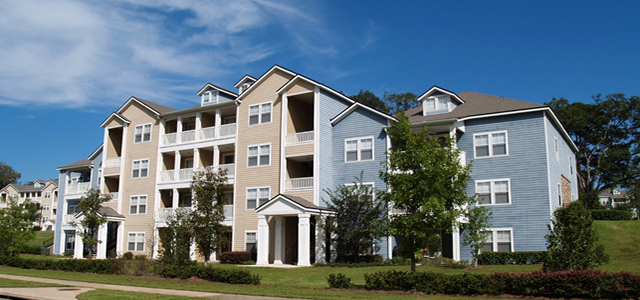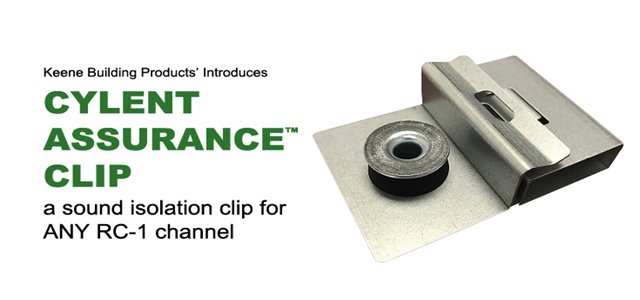
Sound control in multi-family housing and wood frame construction has been a challenge for years. Sound complaint is the number two litigated issue in multi-family construction today. The most challenging sound control issue comes from low frequency noise, also known as thuds.
There are two types of sound that are measured, airborne (music and voices), and impact (objects dropping and footfall). Measurements for both types of sound are referred to as STC (Sound Transmission Class) and IIC (Impact Insulation Class). These are done on a logarithmic scale, where the higher the number, the greater the effect of stopping the transmission of noise from the unit above, to the unit below.
One of the first products used for sound control in multi-family, came with the advent of using cellular lightweight concrete on top of a plywood subfloor. Lightweight concretes are basically sand, cement, and water combined with a foaming agent, that increases the volume of the mix. This creates a lightweight concrete underlayment (14.5 lbs. per square foot of deadload) over a wood frame floor ceiling assembly. By adding this “mass” to the assembly, the STC rating is increased. Some of the challenges of lightweight concretes are the thickness required (1 ½ inches), and the fact that they are portland cement based. The thickness requires double plating partitions, and these floors are subjected to shrink cracking from the portland cement content.
In the late 1970’s and the early 1980’s the advent of gypsum-based underlayment allowed the floors to be poured at half the thickness (3/4 of an inch) and therefore half the dead load weight (7.2 lbs. per square foot). The thinner application also allowed for singled plating the partitions, thus providing another cost savings benefit. Both lightweight concrete and gypsum based underlayments did an effective job of providing adequate mass for wood frame, to achieve the building code minimums for STC and IIC.
By the 1990’s, resilient channels and sound mats became more effective for low frequency sounds, and decreasing noise transfer of mid-range to high range frequency noise. These enhancements allowed builders and developers to be more comfortable with their expectations in consistently exceeding the 50 STC and IIC minimums. Typical floor ceiling assemblies, with resilient channel and sound mat, can consistently achieve ratings in the low and mid 50’s with the use of today’s popular thinner floor coverings like LVL tile.
However, even with these innovations, expectations of more discerning residents are still not being met, as the complaints emanating from the low frequency thuds still abound. More expensive “clip” systems have been developed, to help further provide a de-coupling of the connections between building components. However, these clips are not able to utilize more advanced resilient channels that are available today. The use of a “Hat” channel, which is costly as well, is what is required with these clip systems.
There are now clip systems available that can dramatically increase both the low frequency and high frequency IIC ratings, as well as add to the STC. Cylent Assurance™ Clips are designed to utilize any type of RC-1 channel, speed up installation of the clips, and provide increased performance of the overall floor ceiling assembly. They are engineered to significantly reduce vibration transferred across wall/ceiling assemblies, with their unique design, that extends the length of the point of contact with the framing member and the channel. This in turn creates greater performance on low and high frequency sound ratings, while also preventing the most common installation error, short-circuits. Short-circuits can occur when drywall screws penetrate through the resilient channel and into the framing member, effectively connecting the resilient channel to the framing members. Short-circuits severely limit the vibration (noise) reduction provided by the resilient channel. These new Cylent Assurance Clips from Keene Building Products provide the perfect choice for projects, where low frequency noise is a concern, allowing architects and builders to dramatically improve the performance of wall/ceiling assemblies STC and IIC ratings, into the low to mid 60’s, and provide piece of mind to both builders and architects that the completed project will perform as expected.
